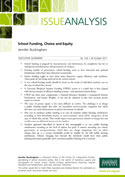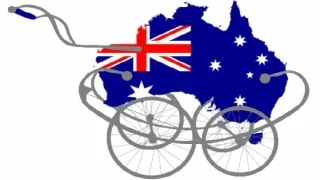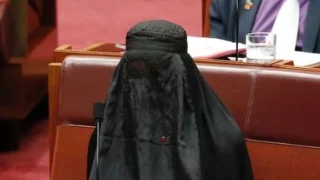
- School funding is plagued by inconsistencies and divisiveness. Its complexity has led to widespread misinformation and perceptions of inequity.
- Existing models of government school funding tend to have historical and political foundations rather than clear objectives or rationales.
- School funding ought to have three main objectives: equity, efficiency and excellence. These goals are not being achieved in the current system.
- A new school funding model should be based on the needs of individual students, not on the type of school they attend.
- A Universal Weighted Student Funding (UWSF) system is a model that is best aligned with the key features of effective funding systems—and maintains school choice.
- UWSF has three main components: a National Resource Standard, a Guaranteed Student Entitlement, and Equity Weights. It can also be adjusted to take into account private inputs to schools.
- The issue of private inputs is the most difficult to resolve. The challenge is to design a public funding model that does not exacerbate socio-economic inequities but which also does not create disincentives to private investment in schools.
- One way to moderate public funding is to vary all students’ public funding entitlements according to their household income or socio-economic status (SES), irrespective of the type of school they attend. This would require some government schools to charge fees and would create an additional means test for families.
- Another approach (described in detail in this monograph) is to vary public funding entitlements according to the level of tuition fees paid. A student attending any school, government or non-government, which does not charge compulsory fees (or which charges fees up to a certain threshold) would be eligible for the full public funding entitlement. Schools charging fees beyond the threshold would have their public funding discounted gradually until a minimum public funding level is reached..
Jennifer Buckingham is a Research Fellow at The Centre for Independent Studies.











